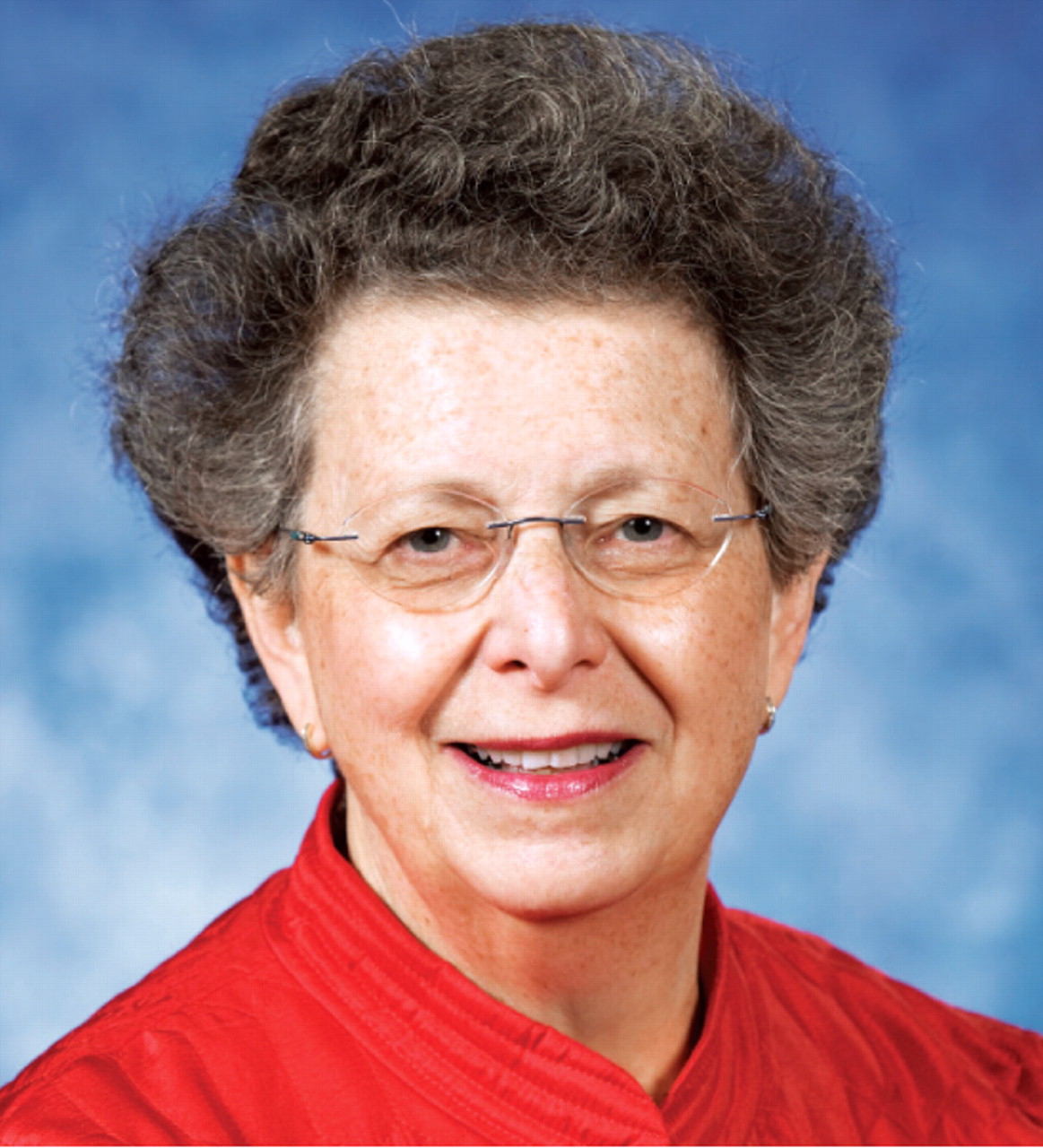It's a long way from Chicago to New Delhi: 15 hours—on a nonstop flight. I represented APA at the annual meeting of the Indian Psychiatric Society in January. I came from a country rich in resources and personnel to a country rich in tradition and family. There are 38,000 members of APA; there are 4,000 psychiatrists in India—to care for a population of over a billion. Clearly, mental health care is provided by primary care physicians, nurses, and lay therapists as well as psychiatrists, and families are crucial participants in care; some inpatient units are set up with the expectation that at least one family member will live in with the patient.
The Indian Psychiatric Society meeting was in Agra, home of the Taj Mahal. Also in Agra is the 700-bed Institute of Mental Health and Hospital, which was founded over a hundred years ago. At this institute, the late psychiatrist Professor K.C. Dube was the Indian investigator in a WHO multinational study of schizophrenia and opened the hospital's locked wards in the “Agra Experiment.” At this year's meeting, his son and APA member Sanjay Dube, M.D., of Indianapolis delivered the K.C. Dube Memorial Oration, pointing out that many important medical discoveries, like penicillin, were made by someone who was alert and open-minded and followed up an unexpected finding.
The four-day meeting in Agra offered sessions on the same array of topics as APA's meeting: from imaging to CBT and spirituality. Many of our Indo-American colleagues come from the United States and Canada for the meeting each year. They stay connected to friends, family, and colleagues in India and contribute to clinics and schools.
One Indian couple asked my advice about a planned trip to the United States. I was about to tell them that they could visit historic sites going back more than 300 years when I remembered that Indian history goes back 3,000 years. American clothing styles can change drastically from year to year; women in India have worn saris for centuries. They treasure saris handed down from their mothers and grandmothers. I wish I felt comfortable in a sari. Those five yards of fabric are easy to pack and, once expertly wound and draped, attractive on women of every shape. One tradition sees the world as a constant; the other expects constant change and“ progress.” I wonder how those world views affect psychiatric patients and practice. Would the Indian tradition make people more likely to accept symptoms as just a part of life instead of seeking care that could relieve them? Or would it complement psychotherapy by helping patients to accept life's inevitable disappointments? Many Americans live in nuclear families, far from parents and siblings. Many Indians live with several generations of their families. No one has improved on either the sari or the family. India is also bustling with innovations in technology, educating millions of people who will have opportunities their ancestors could not have imagined—opportunities that move them away from village families and into cities. Progress has its price.
Before I left Chicago, I had seen “Slumdog Millionaire,” an art-house film that has unexpectedly garnered international acclaim—and eight Academy Awards. It is a powerful and moving portrayal of the same extreme hardships and enormous resiliency that I saw in India. Despite the title, it is really a story about the pursuit of love, not the pursuit of money, in a country of many landscapes and climates, dotted with centuries-old forts and palaces, and a wealth of traditional and stunning craftsmanship.
Our debts to India are both cultural and professional. As a representative of APA and a colleague, I enjoyed solicitous hospitality from the incoming president of the Indian Psychiatric Society, Dr. Mohan Das, and the president of the Association of Private Practice Psychiatrists, Dr. Advesh Sharma—and all our Indian colleagues. American residency programs, research laboratories, medical schools, and patients enjoy the contributions of medical graduates from India. How can we repay these debts? Our Indian colleagues are eager to collaborate with us. Despite our differences, we have much in common: educating the public, combating stigma, navigating bureaucracies, and maintaining private practices. Despite current economic woes, we are still resource rich. Ask your Indo-American colleagues how we can best share our American good fortune. ▪

